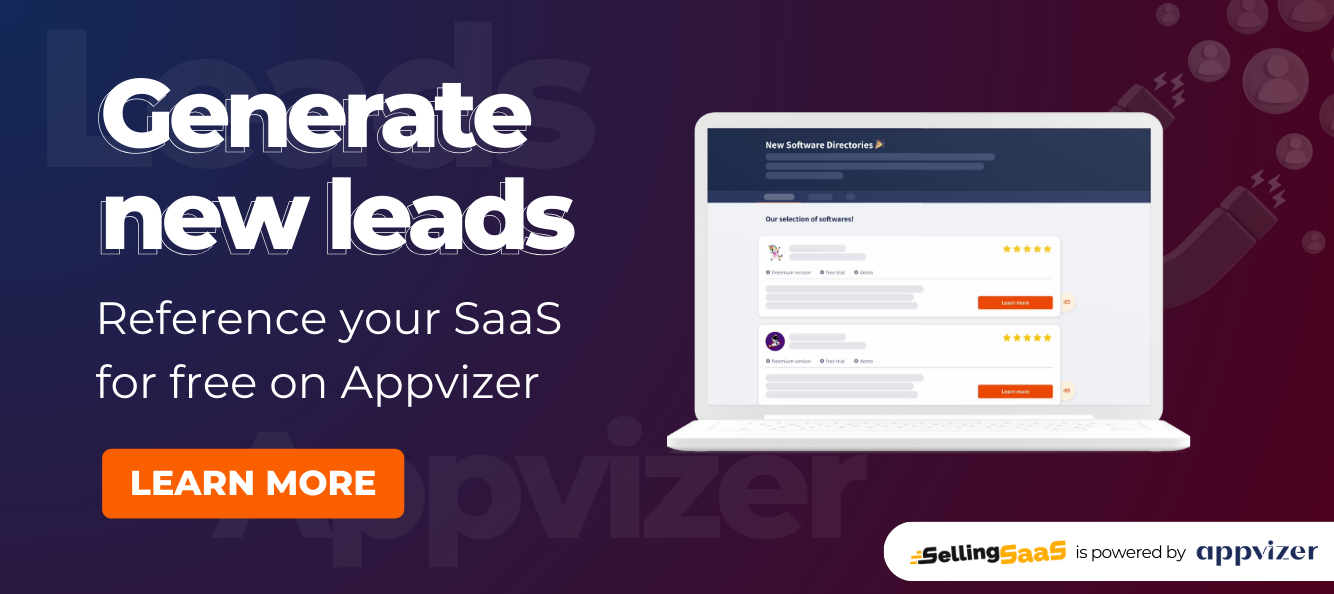Inbound marketing in the SaaS industry is a sophisticated blend of attracting, engaging, and delighting customers. This article explores the essence of SaaS inbound marketing, offers practical strategies for implementation, and provides insights into optimizing these strategies for conversion and retention.
Part 1: Understanding SaaS Inbound Marketing
What is SaaS Inbound Marketing?
SaaS inbound marketing is a strategy focused on attracting customers through content creation, social media engagement, and search engine optimization. Unlike traditional outbound methods, it’s about earning the attention of prospects and making your company easy to be found.
The Importance of Inbound Marketing for SaaS Companies
In the crowded SaaS market, inbound marketing helps companies stand out by providing value to their target audience, building trust, and establishing thought leadership.
The Difficulties of Marketing a SaaS Product
Marketing a SaaS product involves challenges like conveying complex technical information in an accessible way, differentiating in a competitive market, and managing a longer sales cycle.
The SaaS Inbound Marketing Funnel
The funnel consists of stages: Attract (via content and SEO), Convert (through lead generation tactics), Close (turn leads into customers), and Delight (ensure customer success and retention).
Part 2: Strategies for SaaS Inbound Marketing
Identifying Your Ideal Customer Profile (ICP)
Define your ICP by understanding who your product is for, their pain points, and decision-making process. This will guide all your inbound marketing efforts.
Creating Compelling Content for SaaS Inbound Marketing
Develop content that addresses your ICP’s challenges and goals. Use formats like blogs, whitepapers, and case studies. Tools like BuzzSumo can help in content ideation.
Choosing the Right Content Format and Promotion Channels
Select content formats that resonate with your audience, such as video tutorials or webinars. Promote your content across channels where your ICP spends time, like LinkedIn for B2B SaaS.
Researching and Targeting the Right Keywords for SaaS Inbound Marketing
Use keyword research tools like Google Keyword Planner or Ahrefs to find terms your audience is searching for. Optimize your content for these keywords.
Leveraging SEO Techniques for SaaS Inbound Marketing
Implement on-page and off-page SEO strategies to enhance your website’s visibility in search engine results. Regularly update your content and use backlink strategies.
Part 3: Optimizing SaaS Inbound Marketing for Conversion and Retention
Nurturing Leads and Moving Them Through the SaaS Inbound Marketing Funnel
Use email marketing and lead nurturing campaigns to guide leads through the funnel. Tools like HubSpot can automate these processes.
Using Customer Delight as a SaaS Inbound Marketing Strategy
Delight customers with exceptional service, regular updates, and community engagement to turn them into advocates.
Closing the Deal: Effective SaaS Inbound Marketing Tactics for Conversion
Incorporate strong calls-to-action in your content, use lead magnets, and conduct targeted outreach to convert leads into customers.
Retaining Customers and Encouraging Referrals in SaaS Inbound Marketing
Focus on customer success by offering continuous support, gathering feedback, and encouraging referrals through loyalty programs.
Conclusion
SaaS inbound marketing is a vital strategy for attracting, engaging, and delighting customers in a competitive digital environment. By understanding your audience, creating targeted content, optimizing for SEO, and focusing on customer success, you can build a robust inbound marketing strategy that drives growth and cultivates long-term customer relationships.


